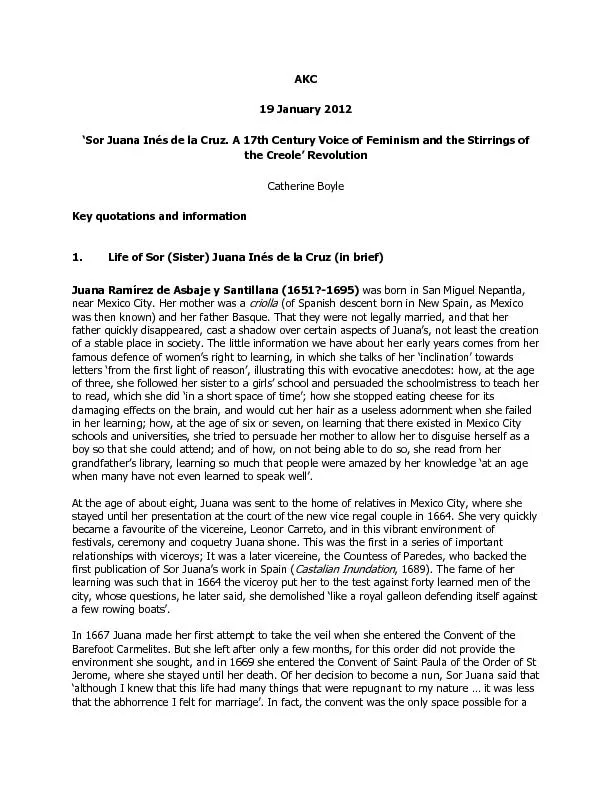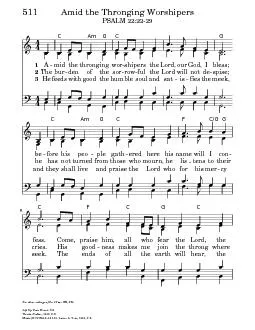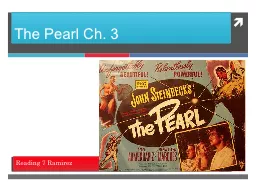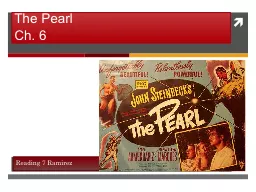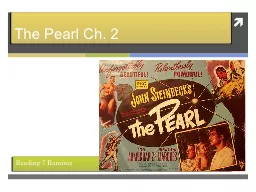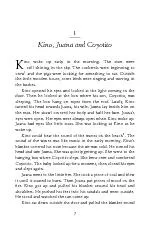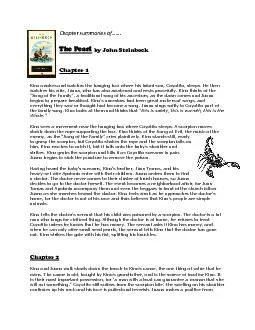PDF-Sor Juana In
Author : kittie-lecroy | Published Date : 2016-08-06
AKC 19 January 2012 x2018 A 17th Century Voice of Feminism and the Stirrings of the Creolex2019 Revolution Catherine Boyle Key quotations and information 1 Life
Presentation Embed Code
Download Presentation
Download Presentation The PPT/PDF document "Sor Juana In" is the property of its rightful owner. Permission is granted to download and print the materials on this website for personal, non-commercial use only, and to display it on your personal computer provided you do not modify the materials and that you retain all copyright notices contained in the materials. By downloading content from our website, you accept the terms of this agreement.
Sor Juana In: Transcript
Download Rules Of Document
"Sor Juana In"The content belongs to its owner. You may download and print it for personal use, without modification, and keep all copyright notices. By downloading, you agree to these terms.
Related Documents

